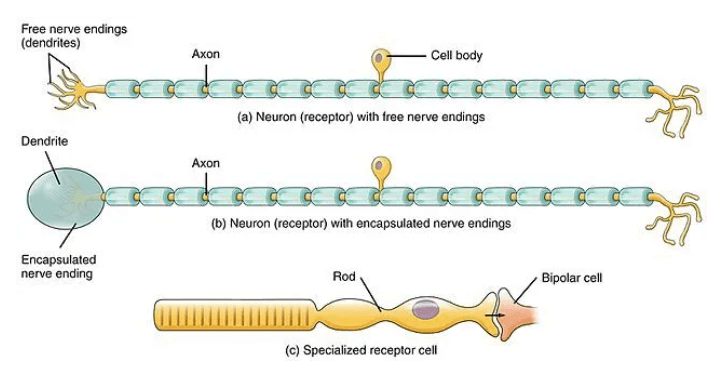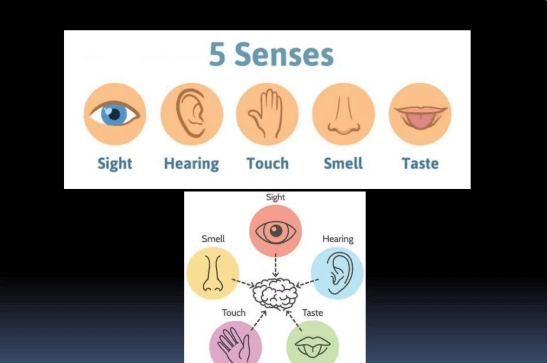The classification of Concept Map: Classification of Sensory Receptors is fundamental to understanding how organisms interact with their environment. By categorizing receptors such as mechanoreceptors, chemoreceptors, thermoreceptors, and nociceptors based on their stimuli, we gain insight into the complex mechanisms of sensory processing. Each type not only serves a specific function but also contributes to a larger network that influences behavior and homeostasis. The implications of this interconnectedness raise critical questions about the evolutionary advantages of such diversity in sensory modalities, prompting a deeper examination of their roles in both health and disease.
Overview of Concept Map: Classification of Sensory Receptors
Understanding the classification and function of sensory receptors is essential for comprehending how organisms interact with their environment.
Sensory receptors detect stimuli and generate receptor potentials, which are crucial for initiating neural signals.
Sensory adaptation allows these receptors to become less responsive to constant stimuli, enhancing the organism’s ability to discern changes in their environment and maintain a sense of freedom in their interactions.
Read MoreCute:1kgr8vnmy70= Clipart Christmas
Types of Concept Map: Classification of Sensory Receptors
Classifying Concept Map: Classification of Sensory Receptors involves categorizing them based on their stimuli type, location, and the sensory modalities they serve.
Mechanoreceptor types include tactile, proprioceptive, and baroreceptors, each responding to mechanical stimuli.
Conversely, chemoreceptor functions are critical for detecting chemical stimuli, playing essential roles in taste and smell.
Understanding these classifications enhances our comprehension of sensory processing and the intricate workings of the nervous system.

Functions of Sensory Receptors
Sensory receptors serve a fundamental role in translating various forms of stimuli into neural signals that the central nervous system can interpret.
They facilitate signal transduction, allowing for the detection of pain through pain receptors and temperature sensitivity via thermoreceptors.
Additionally, sensory adaptation enables the nervous system to adjust to persistent stimuli, ensuring adaptive responses to environmental changes while maintaining homeostasis.
Importance of Sensory Receptors
The significance of sensory receptors extends beyond mere detection; they are crucial for the survival and functionality of organisms. Their role includes facilitating environmental interaction, guiding behavior, and enabling homeostasis.
Sensory adaptation ensures organisms can adjust to stimuli changes, enhancing focus on relevant environmental cues. This dynamic interplay underscores the importance of sensory receptors in maintaining equilibrium and optimizing responses to diverse challenges.
Read More Cute:1dlx6at47tg= Christmas Fox
Conclusion
In summary, Concept Map: Classification of Sensory Receptors serve as the intricate threads weaving the tapestry of perception, translating diverse environmental stimuli into neural signals. Mechanoreceptors, chemoreceptors, thermoreceptors, and nociceptors function as distinct instruments in this symphony of sensory processing, each contributing to the harmonious balance of homeostasis and behavior. The classification of these receptors underscores their essential roles, revealing a complex network that enables organisms to navigate and adapt to their surroundings with precision and awareness.

